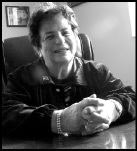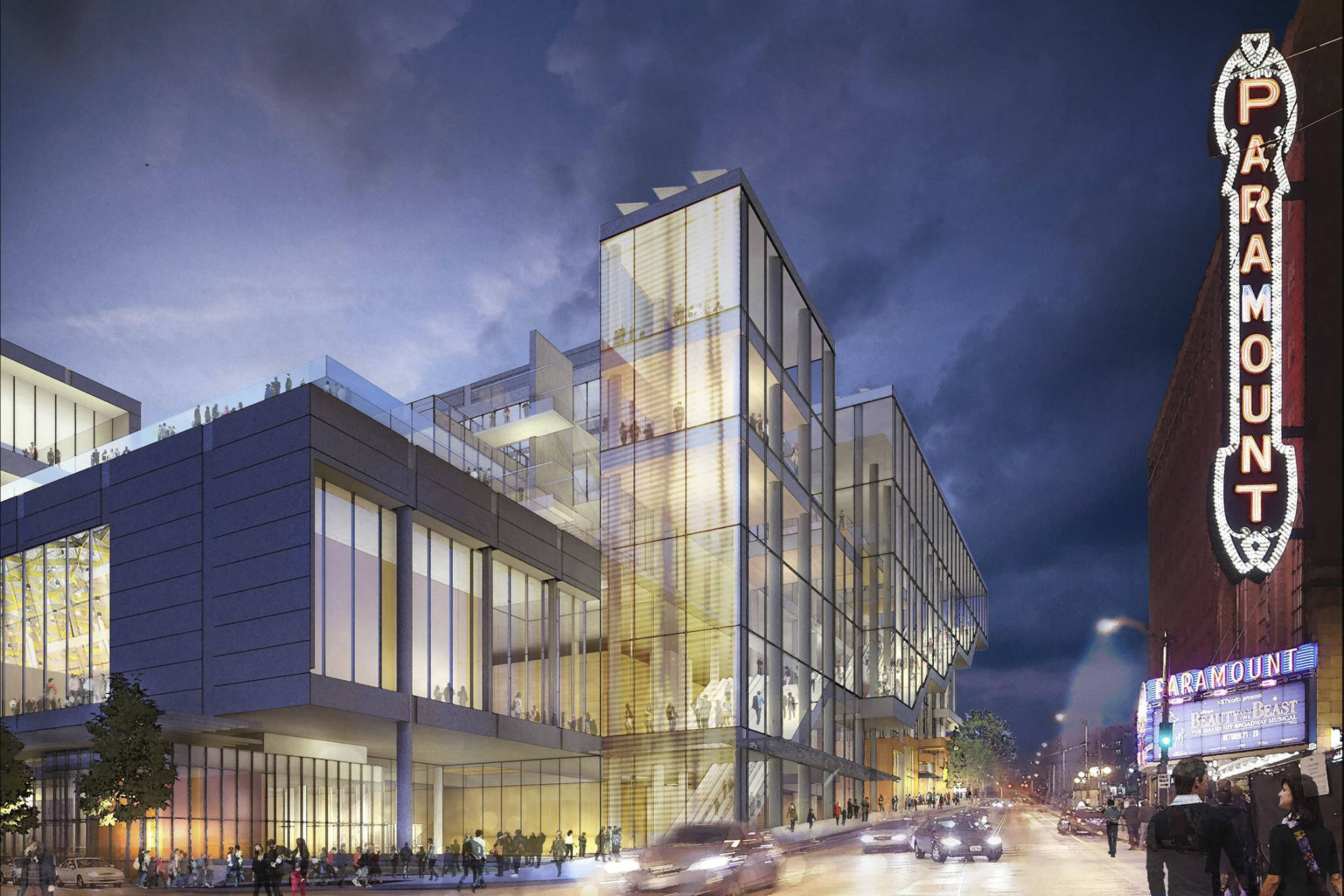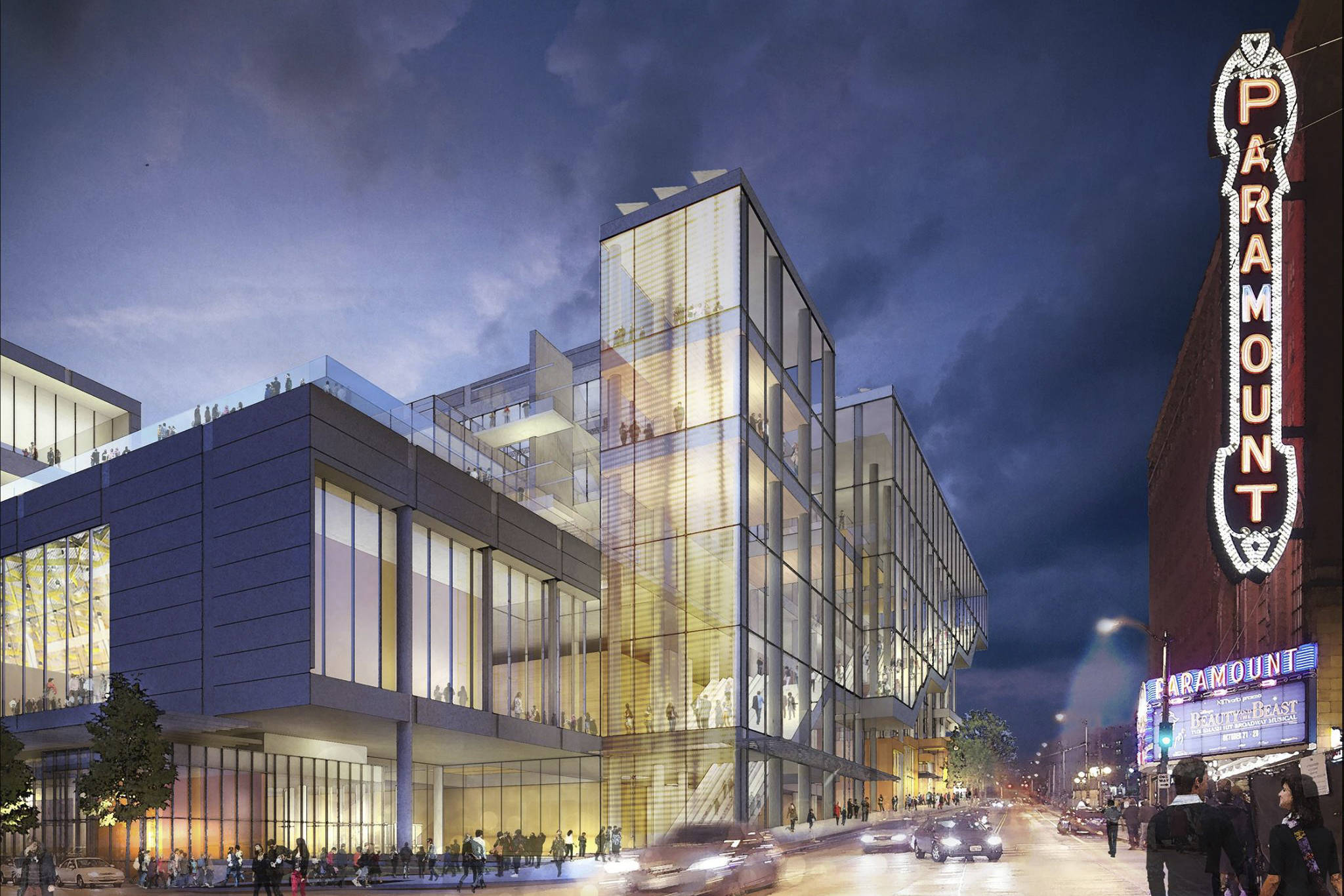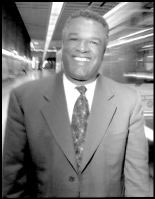WHAT IS AURORA Avenue? Merchant Dave Quiring says, “It’s like an old-growth forest. The more we change the habitat, the more we destroy living things.” Washington state transportation planner Nytasha Sowers says, “It’s the third-most-dangerous highway in the state.” Between Green Lake and Shoreline, roughly 40,000 vehicles a day drive up and down Aurora Avenue North. Property owner Faye Garneau says, “It’s the second-largest area of commerce in the city.” With gross receipts of $1 billion annually, Garneau claims, Aurora businesses generate more than $20 million in sales tax for the city every year. Seattle transportation planner Therese Casper says, “It’s a high-transit corridor; it’s among the top five of all transit corridors in King County.” There are 7,000 bus riders who use Aurora daily.
Put these people with their vastly different viewpoints in a room together, ask them to discuss the future of vehicle mobility, business access, and efficient transit service on state Highway 99, and, predictably, all hell breaks loose.
GARNEAU AND her allies at the Aurora Avenue Merchants Association have already hired a lawyer—and the Washington State Department of Transportation and Seattle Department of Transportation haven’t even finalized a plan yet, let alone started tearing up pavement. The departments have just released preliminary recommendations in their SR-99 North Corridor Study. Businesses, drivers, and bus riders fighting for their separate interests is, of course, unavoidable when you have something as screwy and wonderful as Aurora Avenue. It is Seattle’s sprawling, ugly strip-mall-cum-highway from hell. And I use it all the time.
I drove down it on a recent morning after dropping my kids off at school because Interstate 5 was backed up due to rain and accidents. Aurora is the main north-south alternative to I-5. The planners and merchants agree on that much.
Four days a week, when my wife schlepps the kids, I ride down it on Metro bus route 358, sharing my ride with lots of commuters, junkies from the methadone clinic, and homeless folks from the flea-bag motels. The transportation planners say the buses come every five to 10 minutes at peak times. (In my experience, one empty bus always leaves right before I get to the stop and then another, standing room only, doesn’t show up for another half an hour, but my viewpoint is probably biased by a bad case of cranky-commuter syndrome.) Garneau says she never sees too many buses, and when one does come along, nobody much is riding.
I also traverse Aurora in my car, mostly on weekends, when I go to the movies at the Oak Tree shopping center, buy groceries at the Puget Consumers Co-op, drop off dry cleaning at the Green Lake Laundry and Cleaners, pick up homeowner crap at Home Depot, take my lawn mower in for repairs at Aurora Lawnmower, buy socks at Chubby and Tubby, and other things too numerous to list. (No, I have never seen a lingerie show at Kiss A Fantasy.) The transportation planners say street parking on Aurora is “underutilized.” Garneau says parking is the lifeblood of many small businesses in older buildings that don’t have their own lots.
AS A REPRESENTATIVE of all three interest groups (albeit as a customer, not a business owner), and as one who has utilized the corridor extensively for the past 16 years, I am uniquely qualified to figure how to balance the needs of these different stakeholders. Ha!
The transportation planners say accidents are going up due to increasing congestion. Their solution? Put more peak-period restrictions on street parking to improve traffic flow. Eliminate left turns across three lanes at intersections that don’t have lights. Create more bus lanes to reward transit users with quicker rides. Sounds reasonable to me!
The merchants say that if you restrict street parking and eliminate left-turn access, 115 businesses will go under. That means less money in city coffers that already have a $60 million deficit; more unemployment; a lot of vacant storefronts with doorways for drug dealers, prostitutes, and gangbangers. (There was a lot more of that going on until the merchants banded together in 1986, says Garneau). Yikes, I don’t like the sound of that!
Washington state built Seattle’s section of Highway 99 back in the 1930s. In those days, there wasn’t as much traffic. The cars and the lanes were smaller. The businesses could locate right up close to the edge of the highway. You didn’t have to worry about parking so much. There weren’t any buses, let alone 7,000 riders a day. Times have changed. Aurora has to change with them. It’s a question of what it should become: a better business district? A faster, safer highway? A more efficient transit corridor? It can’t go in all three directions at once.
Therein lies the problem. I don’t have a solution, but whatever the final result, some part of me probably won’t like it.
Historical research provided by HistoryLink.org.









